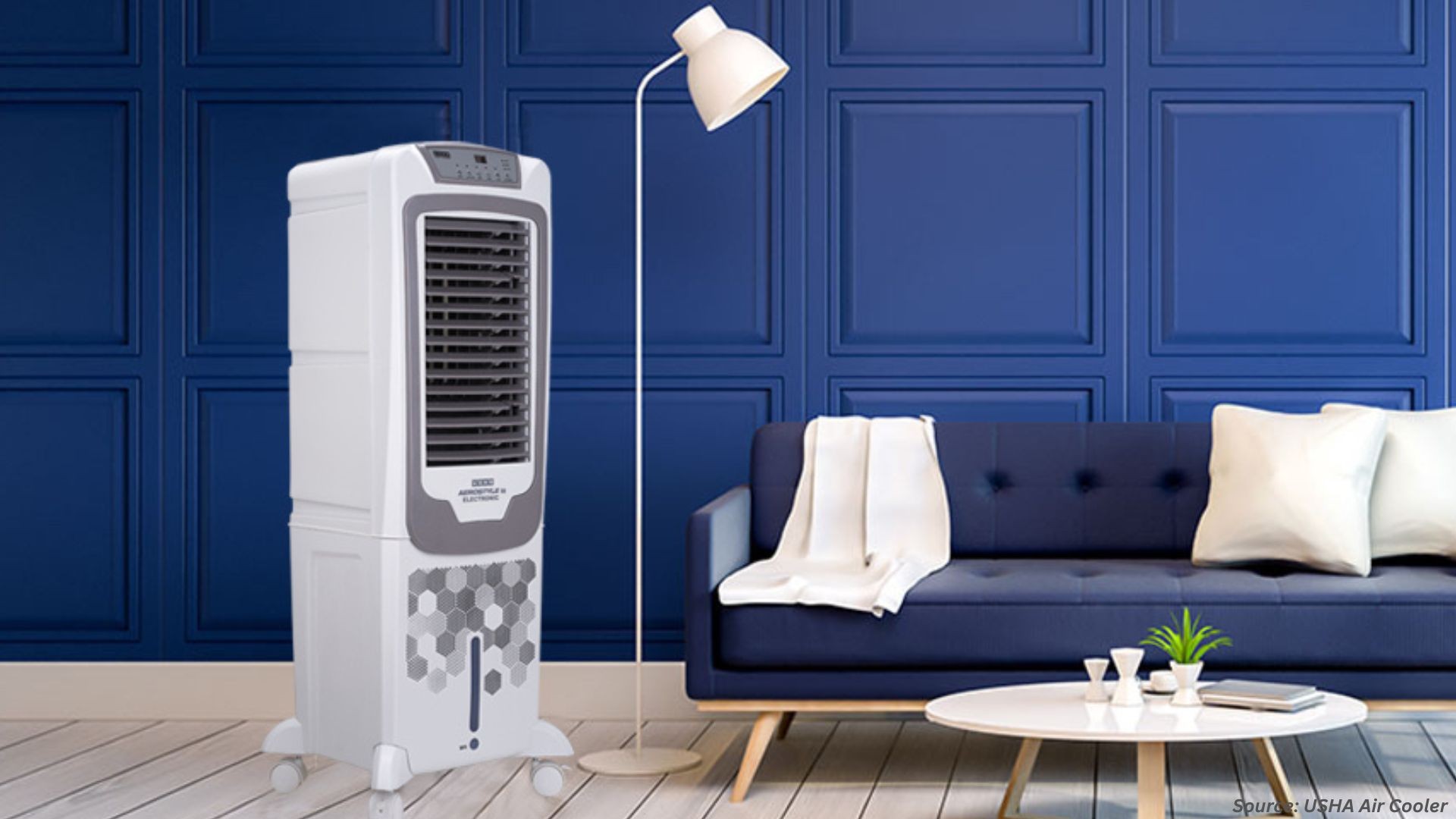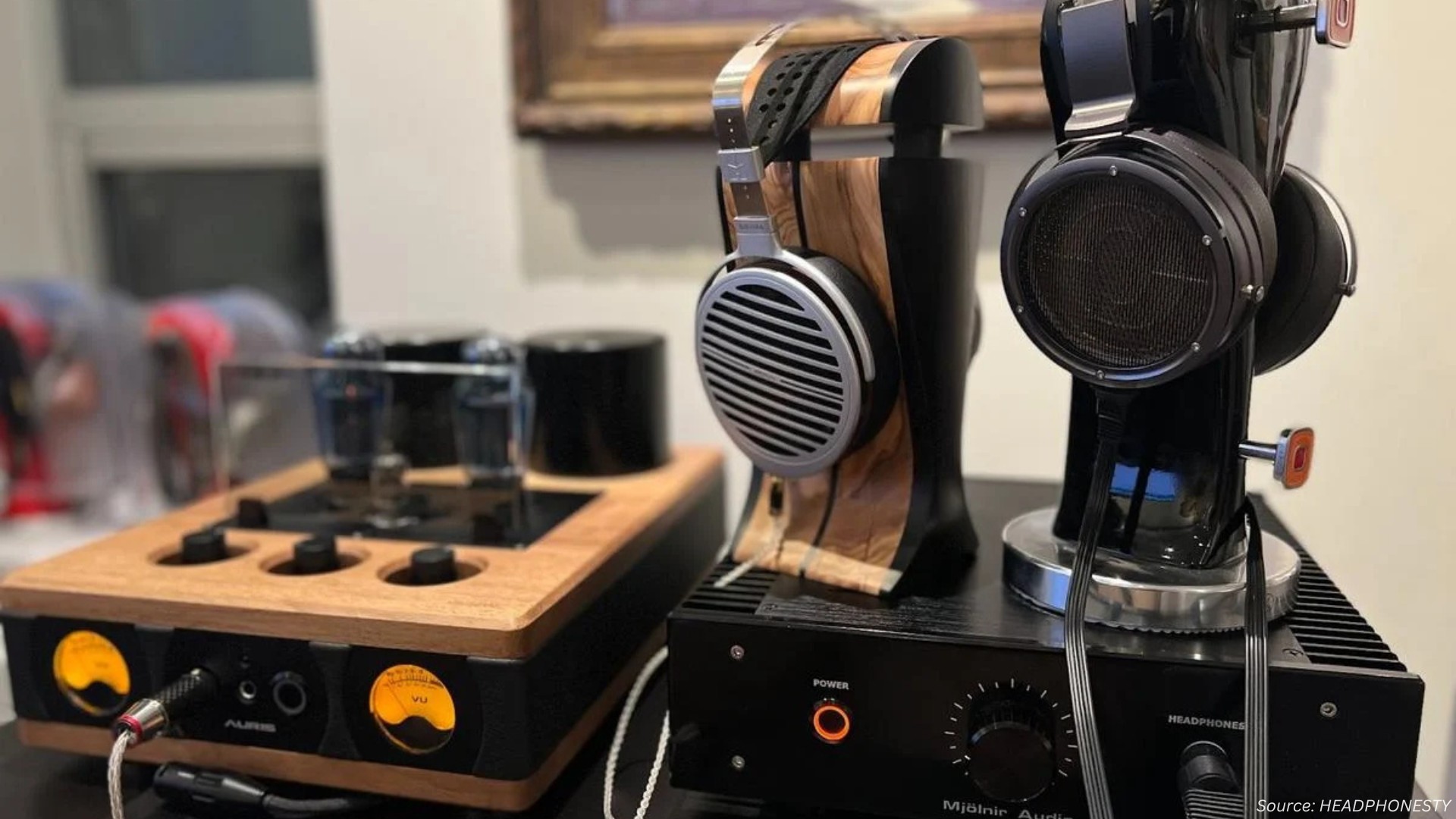
Smart Clothing Market by Type (Passive Smart Fabrics, Active Fabrics, and Ultra-smart Fabrics), by Product (Shoes, Shirts, Pants, Jackets, Innerwear, and Others), by Connectivity (Wi-Fi, Bluetooth, GPS, and RFID), and by Application (Healthcare, Military and Defence, Entertainment, Industrial, Space, and Sports and Fitness) - Global Opportunity Analysis and Industry Forecast, 2024 – 2030
Market Definition
Global Smart Clothing Market size was valued at USD 2.98 billion in 2023 and is predicted to reach USD 17.41 billion by 2030 with a CAGR of 28.6% from 2024-2030.
Smart clothing, also referred to as E-textile, smart textile, or smart fabric, consists of integrated and embedded systems that constantly monitor overall body functions. In addition, they consist various sensors such as accelerometer and pulse meter that helps in monitoring the pulse rate, blood pressure, temperature, and muscle stretch. Smart clothes are also embedded with digital circuits, LEDs, solar cells and fiber optics that increases their usability.
Market Dynamics and Trends
Rising demand for smart cloths from fashion and entertainment industries along with its application in mining industry is expected to propel the market growth during the forecast period. Also, demand of smart clothes from construction, transportation and automotive industries are further expected to drive the smart cloth market. Moreover, wide adoption of these clothes in sports and fitness industries are also expected to contribute towards the growth of smart cloths market during the forecast period.
However, increase in prices of these smart clothes and lack of raw materials are expected to retard the growth of smart clothing market. On the other hand, incorporation of advanced technology such as AI (Artificial Intelligence) in smart clothes in turn could create lucrative opportunities for smart clothes market players over the forecast period.
Market Segmentations and Scope of the Study:
The global smart clothing market has been segmented based on type, product, application, connectivity, and geography. Based on type, the market is divided into passive smart fabrics, active fabrics, and ultra-smart fabrics. Based on product, the market is segmented into shoes, shirts, pants, jackets, innerwear, and others. Based on connectivity, the market is categorised into Wi-Fi, Bluetooth, RFID and GPS. Based on application, the market is divided into healthcare, military and defence, entertainment, industrial, and sports and fitness. Geographic breakdown and analysis of each of the aforesaid segments includes regions comprising North America, Europe, Asia-Pacific, and RoW.
Geographical Analysis
North America region holds the lion share of smart clothing market and is expected to continue dominating the market during the forecast period. It is due to the presence of developed countries along with increased adoption of advanced technologies such as motion sensors and warning sensors and increased awareness among people. Furthermore, prevalence of space activities and wide application in Hollywood industry in this region is also expected to direct the growth of smart clothing market.
However, Asia Pacific is expected to show a steady rise in the smart clothing market due to increasing adoption of smart clothes in health care industry in this region. Countries in this region are expected to develop rapidly with gradual increase in market size owing to increased adoption of smart clothes. Also, rise in per capita income and changing lifestyles in developed countries such as Japan and China, boost the market growth in this region.
Competitive Landscape
The smart clothing market is comprised of various market players such as AiQ Smart Clothing Inc., Wearable Experiments Inc., OMsignal, TORAY INDUSTRIES INC, Vulpes Electronics GmbH, Athos, Carre Technologies Inc., SENSORIA, Myontec and Adidas AG. These market players are adopting various joint venture strategies and planning expansion of businesses across various regions to maintain their dominance in the smart clothing market.
For instance, in July 2020, AiQ Smart Clothing launched new range of gloves with capacitive touch that allows users to use touch panels without removing their gloves. Also, in August 2020, OMsignal designed a sports bra for women that detects heart rate and breathing and provide personalized advice regarding the running modules.
Key Benefits
-
The smart clothing market report provides the quantitative analysis of the current market and estimations through 2022-2030 that assists in identifying the prevailing market opportunities to capitalize on.
-
The study comprises a deep dive analysis of the smart clothing market trend including the current and future trends for depicting the prevalent investment pockets in the market.
-
The information related to key drivers, restraints and opportunities and their impact on the smart clothing market is provided in the report.
-
The competitive analysis of the market players along with their market share in the smart clothing market.
-
The SWOT analysis and Porters Five Forces model is elaborated in the study.
-
Value chain analysis in the market study provides a clear picture of the stakeholders’ roles.
Key Market Segments:
By Type
-
Passive Smart Fabrics
-
Active Fabrics
-
Ultra-smart Fabrics
By Product
-
Shoes
-
Shirts
-
Pants
-
Jackets
-
Innerwear
-
Others
By Connectivity
-
Wi-Fi
-
Bluetooth
-
GPS
-
RFID
By Application
-
Healthcare
-
Military and Defense
-
Entertainment
-
Space
-
Industrial
-
Sports and Fitness
By Geography
-
North America
-
U.S
-
Canada
-
Mexico
-
-
Europe
-
UK
-
Germany
-
France
-
Italy
-
Spain
-
Rest of Europe
-
-
Asia-Pacific
-
China
-
India
-
Japan
-
South Korea
-
Australia
-
Rest of Asia-Pacific
-
-
RoW
-
UAE
-
Saudi Arabia
-
South Africa
-
Brazil
-
Remaining Countries
-
Key Players
-
AiQ Smart Clothing Inc.
-
Wearable Experiments Inc.
-
OMsignal
-
TORAY INDUSTRIES INC
-
Vulpes Electronics GmbH
-
Athos
-
Carre Technologies Inc.
-
SENSORIA
-
Myontec
-
Adidas AG
REPORT SCOPE AND SEGMENTATION:
|
Parameters |
Details |
|
Analysis Period |
2021–2030 |
|
Base Year Considered |
2021 |
|
Forecast Period |
2022–2030 |
|
Market Size Estimation |
Billion (USD) |
|
Market Segmentation |
By Type (Passive Smart Fabrics, Active Fabrics, and Ultra-smart Fabrics), by Product (Shoes, Shirts, Pants, Jackets, Innerwear, and Others), by Connectivity (Wi-Fi, Bluetooth, GPS, and RFID), and by Application (Healthcare, Military and Defence, Entertainment, Industrial, Space, and Sports and Fitness) |
|
Geographical Segmentation |
North America (U.S., Canada, Mexico) Europe (UK, Germany, France, Italy, Spain, Rest of Europe), Asia-Pacific (China, India, Japan, South Korea, Australia, Rest of Asia-Pacific), Rest of the World (UAE, Saudi Arabia, South Africa, Brazil, Remaining countries) |
|
Companies Profiled |
AiQ Smart Clothing Inc., Wearable Experiments Inc., OMsignal, TORAY INDUSTRIES INC, Vulpes Electronics GmbH, Athos, Carre Technologies inc., SENSORIA, Myontec, and KBS Fashion Group Limited. |




















 Speak to Our Analyst
Speak to Our Analyst

























